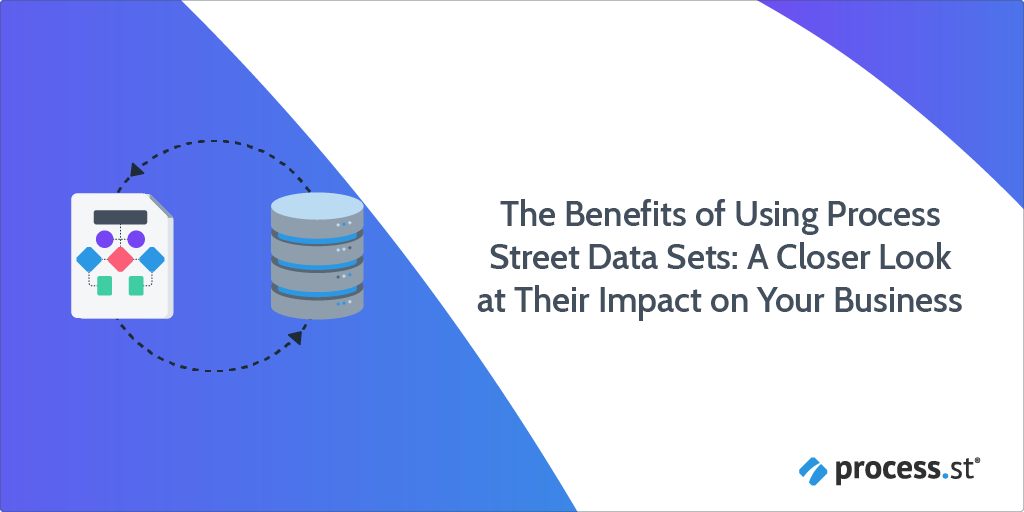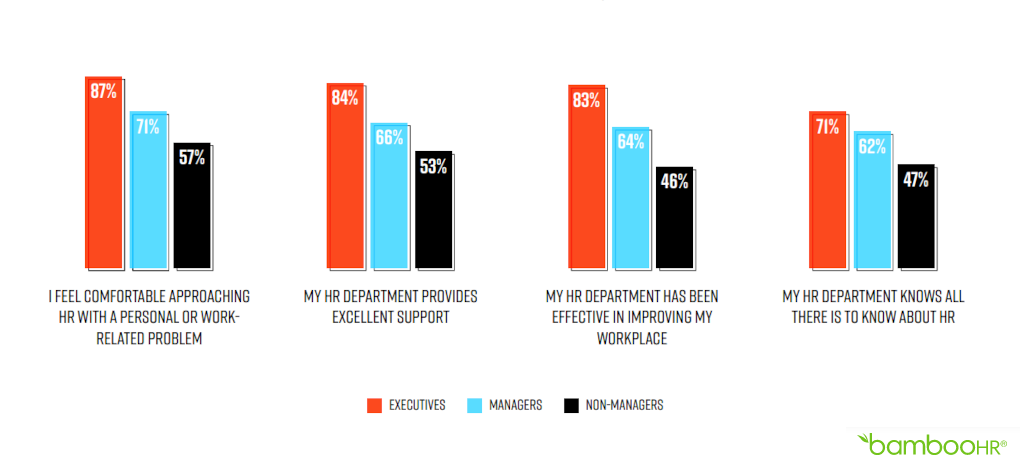

“Where there is judgment, there is noise – and more of it than you think.” – Kahneman, et al Noise: A Flaw in Human Judgment
The city I live in is home to a very old, very beautiful, and very famous cathedral. It’s been a hotspot for tourists since the days of Chaucer (of course they weren’t called tourists then) and still plays an integral role in the community.
No matter where you are in the city, you can see that distinctive spire above everything. If you managed to get turned out (not as difficult as you might think with many small, medieval streets), that spire will lead you straight back to the center of town. It’s pervasive and omnipresent in such a way that – ultimately – leads to it being utterly ignored.
The main thing you need to know about this cathedral, though, is that it has bells. Loud bells, and many of them. And these bells toll. A lot. Like a lot. Not that briefly pleasant trill of bells you might get on the hour or quarter-hour, either. Some days, I’d swear the bells never stop ringing at all.
The thing is, much like the spire, I never paid much attention to the bells – until they stopped. For the year+ of varying levels of lockdown during the pandemic, the bells remained silent. Lockdown ended and things started reopening, including the cathedral and the cacophonic celebration of every pigeon coo by those accursed bells.
Yeah, it’s become a bit of a thing.
This, dear reader, is an example of noise – both literally and figuratively. The cathedral has always been there – unobtrusive, in the background, subtly influencing my actions and habits without any conscious awareness on my part. It shapes the way I move through the city, my awareness of time, my mood, my memories; but, before lockdown, if anyone asked me if it had any impact on my life, I probably would’ve shrugged and answered, “Not really.”
Noise is everywhere, and it affects every decision we make – especially because we aren’t even aware of it. We all know to check our biases when it comes to important decisions, but how often do you check your noise?
At Process Street, we take good decision hygiene very seriously, so this post will examine the idea of noise presented by Daniel Kahneman, Olivier Sibony, and Cass R. Sunstein in their book, Noise: A Flaw in Human Judgment, and use those ideas in our very own Noise Audit Workflow.
Feel free to skip ahead for the workflow, or stick with me as I discuss the theory of noise:
Let’s make some noise!
Continue Reading








 Workflows
Workflows Projects
Projects Data Sets
Data Sets Forms
Forms Pages
Pages Automations
Automations Analytics
Analytics Apps
Apps Integrations
Integrations
 Property management
Property management
 Human resources
Human resources
 Customer management
Customer management
 Information technology
Information technology












